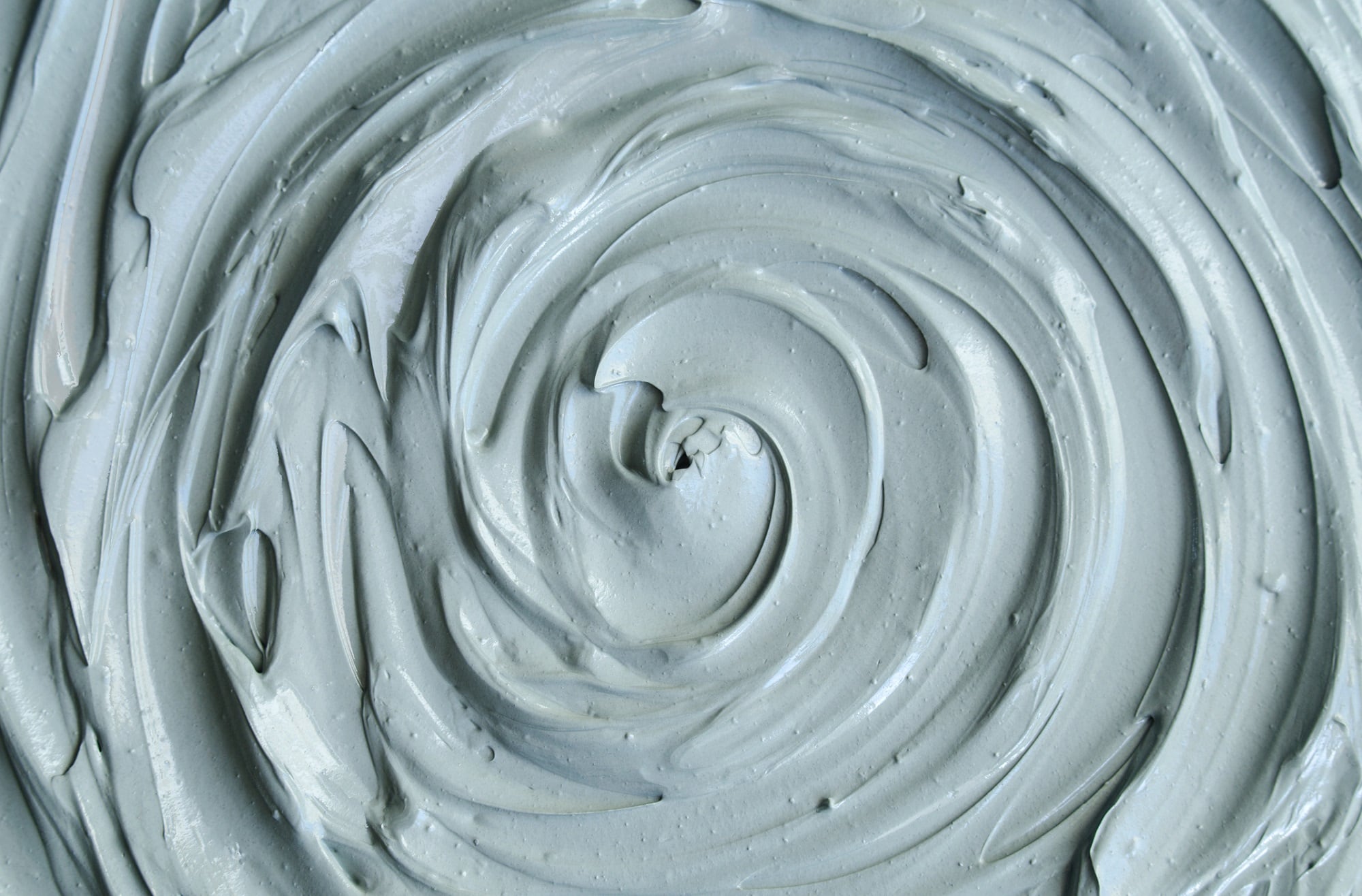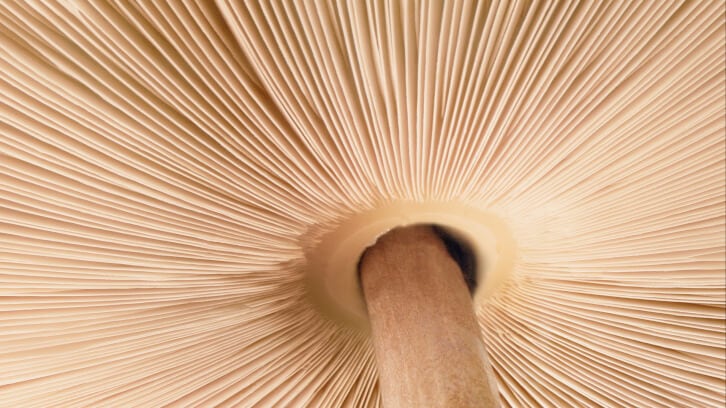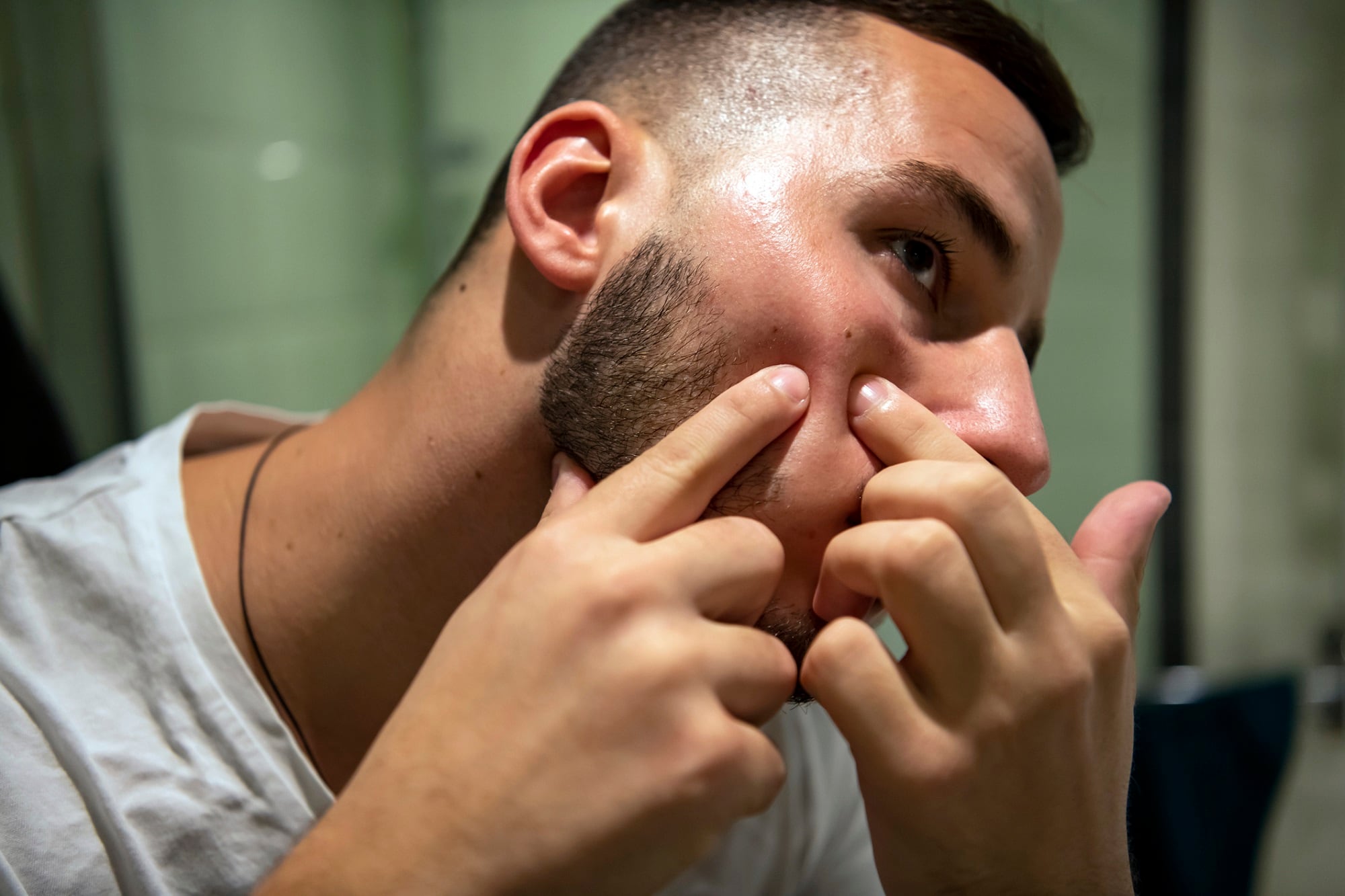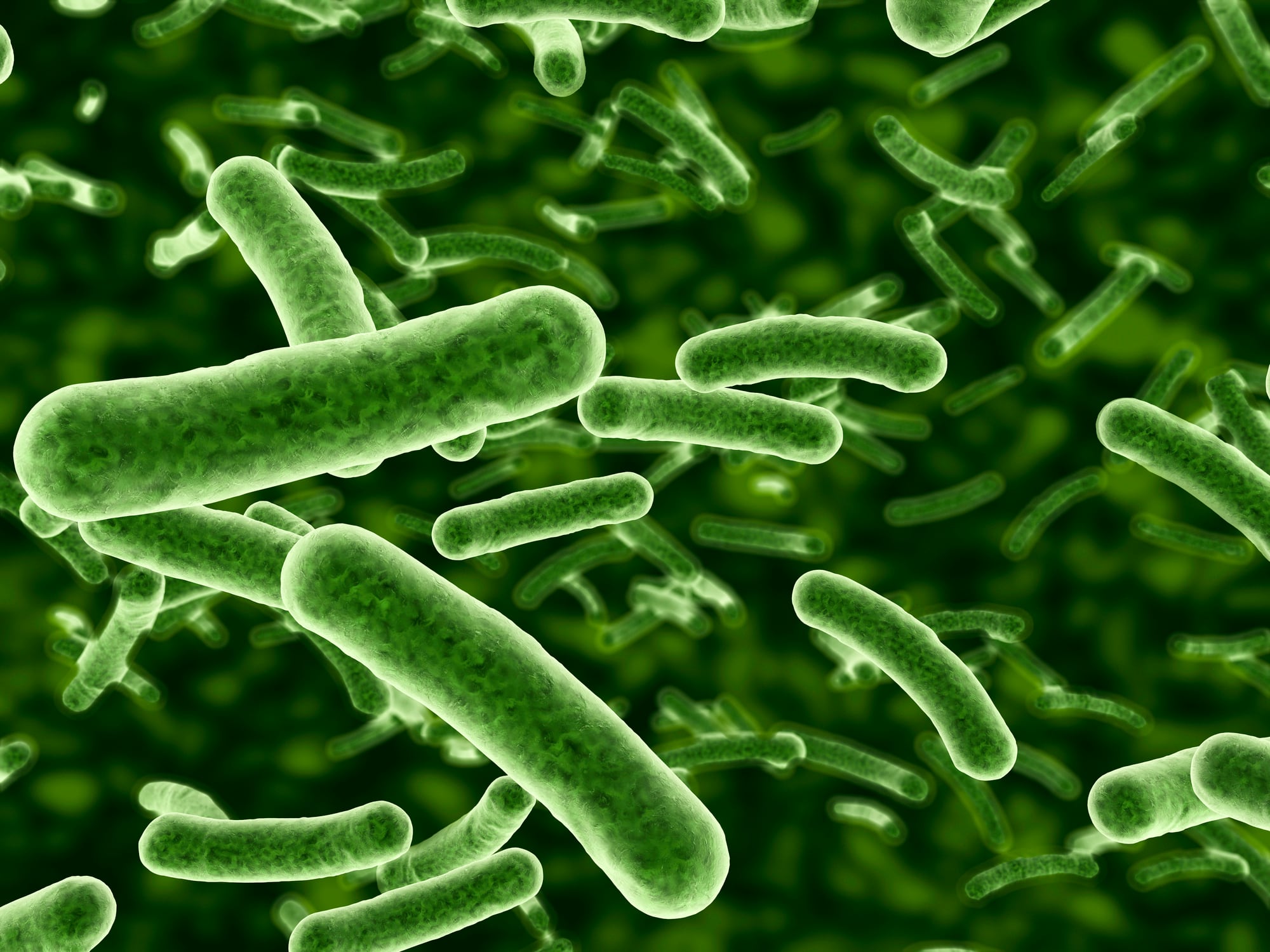A review published in Cosmetics details how clays and clay minerals are used in cosmetic products and what benefits they may offer, ranging from UV protection to antibacterial functionality.
“[Clays] can be used in several types of cosmetics/dermocosmetics, both as active ingredients and/or as starting materials, due to their properties, like sorption, cation exchange capacity, physical exfoliation, and swelling, among others,” they write.
Clays and clay minerals are natural, environmentally friendly, low cost and abundant. They can also be used in different formulations such as gels, creams, pastes or ointments. As a cosmetic ingredient, clays can affect stability and color; as an active ingredient, clays can help with anti-aging, UV protection, oil control and cleansing, among other functions.
Prior to the use of clay and clay minerals in cosmetic products, they were used in spas and medicine for geotherapy and pelotherapy, helping to stimulate circulation, increase absorption and moisturize skin.
Clay and clay mineral compositions
Clay composition plays a big part in the application to the cosmetics industry. Clays with silicon can help with hydration, inflammation and skin regeneration; those with aluminum can absorb melanin and disperse pigment; and antiseptic, antibacterial and regenerative activities were found in clays containing those listed above along with calcium, titanium, iron and potassium.
Most clay minerals contain a mixture of elements, oxides, carbonates, kaolinite, chlorides and phyllosilicates.
Like other products in the cosmetics industry, clays must undergo testing to prove zero to low toxicity. Because clays have high absorption potential, they can accumulate things like heavy metals and microorganisms. One example is talc, which has many uses, but can contain asbestos. Rigorous testing is essential to ensure the safety of clays and clay minerals.
Clay mineral uses and properties
Clay minerals can be used as active ingredients, with their functionalities ranging from antiseptics to UV filters. Borax and Zincite have been shown to have antiseptic properties, the authors write.
Others, like kaolinite, can protect skin with its high sorption capacity. Clay minerals with high refraction indexes can filter UV light; examples include rutile and zincite. Some clay minerals are used in toothpaste as abrasives or polishing agents or to provide desensitization. Micas, perhaps one of the better-known clay minerals, are used in makeup such as lipstick and eyeshadow.
Clay applications and active components
Clays have functional properties such as absorbing oiliness, cleansing and moisturizing skin, which lend them to products such as exfoliants, deodorant and face masks. Certain clays also act like detergents when they are wet, making them useful for emulsifiers or soaps.
As active components, clays can be used in face masks to help transport metabolic products and bacterial toxins from the skin. While cleansing the skin, clay particles also improve blood flow, increasing oxygen and nutrient supply to the skin. One study found that face masks containing clay and jojoba oil helped reduce acne lesions.
Smectite and kaolinite clays when incorporated into sunscreens helped reflect or reduce UV radiation. “This is probably related to their composition, as clays’ UV protection capability was shown to depend on iron oxides’ concentration among their components; the higher the amount of iron oxides in the minerals, the better the protection against UV rays,” the authors write. “Clays were also found to contain other physical protectors, such as titanium dioxide, zinc oxide, and silicon oxide.”
Other clays, such as smectite and illite, have antibacterial activity. As starting materials, clays can help improve stability, thicken or suspend and carry active substances.
While the study details the benefits of these products, the authors do note that most of the literature reviewed is theory-based.
Source:
Cosmetics
2024, 11(1), 7; https://doi.org/10.3390/cosmetics11010007
“The Scenario of Clays and Clay Minerals Use in Cosmetics/Dermocosmetics”
Authors: Sarruf, F.D., et al.




